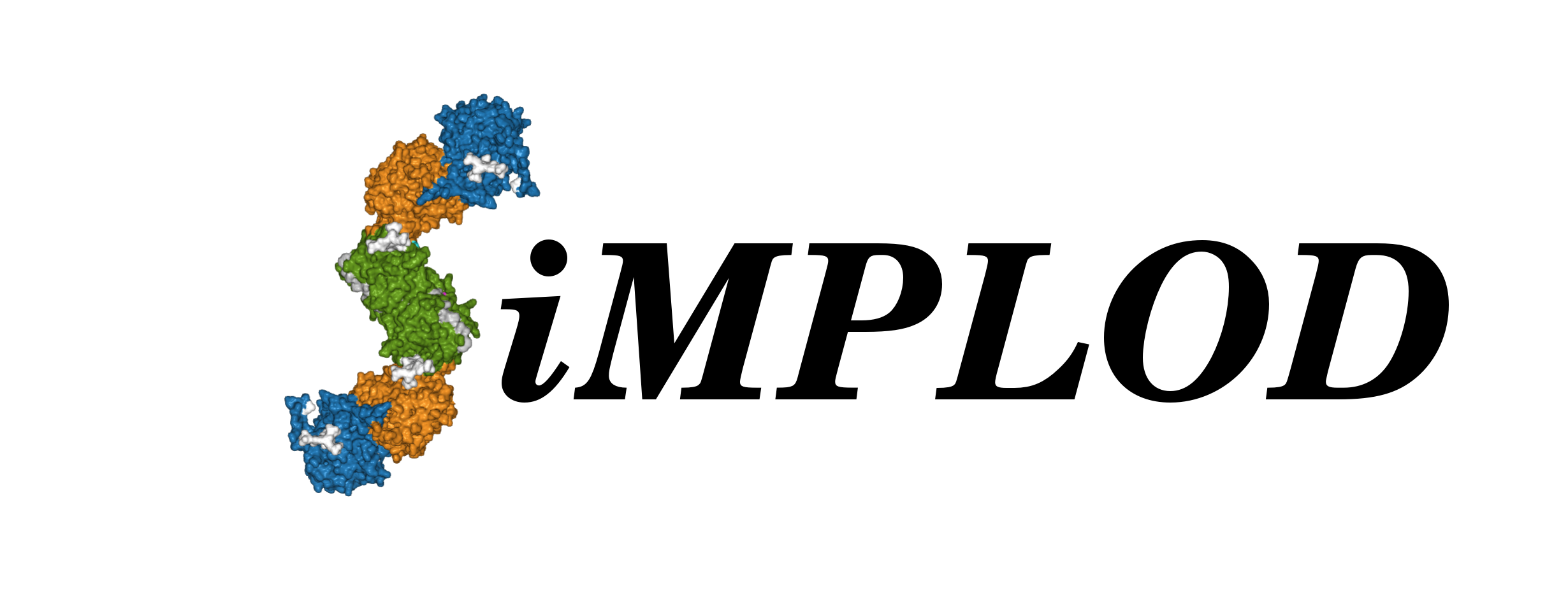 About
Contact
References
Structures
Adv. Search
Stats
Demo
About
Contact
References
Structures
Adv. Search
Stats
Demo
| LH3 LEU627PRO | ||
| SiMPLOD ID |
SiMPLOD3-1147 | |
| Isoenzyme |
Lysyl Hydroxylase 3 (human) - UniProt - Full Info | |
| Nucleotide mutation |
PLOD3 NM_001084.4:c.1880T>C - NCBI RefSeq | |
| Mutation type |
Pathogenic | |
| Disease Phenotype |
Epidermolysis Bullosa | |
| Clinical Databases |
OMIM: 131900 Orphanet: ORPHA:508529 ICD-10: Q81.9 MeSH: 68016110 | |
| Evidence at protein level |
This variant EXISTS at the protein level: published experimental data support its existence as protein product. | |
| LH Activity |
- | |
| GT/GGT Activity |
- | References |
Vahidnezhad et al., 2018 - DOI - PubMed | Notes from publications |
the Leu627Pro mutation to the C-terminal LH domain of LH3, responsible for lysyl hydroxylase activity. Western blotting of protein synthesized by fibroblasts established from the skin of the patient showed markedly reduced, by ~80%, levels of LH3, when compared to three unaffected controls, whereas the PLOD3mRNA levels in the patient s fibroblasts measured by whole-transcriptome sequencing and confirmed by RT-PCR, were the same as in control cells. the expression of type VII collagen was reduced significantly. Significantly decreased levels of glycosylated hydroxylysine derivatives were noted, with a concomitant relative increase in hydroxylysine |
| Related Entries |
SiMPLOD1-327: LH1 delta586-634 (Pathogenic) SiMPLOD2-1040: LH2a ILE626THR (SNP) | |
| Last Update |
2021-06-23 08:38:51 | |
|
The three-dimensional visualization is currently based on the homology model of full-length, dimeric human LH3 (generated using the crystal structure of full-length human LH3 as template). You may select a different PDB model file to visualize the mutation(s) using the drop-down menu below (page will refresh): |
||
Thank you for using SiMPLOD - Created by Fornerislab@UniPV Follow @Fornerislab - Last curated update: 1970-01-01 00:00:00
We truly hate messages and disclaimers about cookies and tracking of personal info. But don't worry, we don't use any.